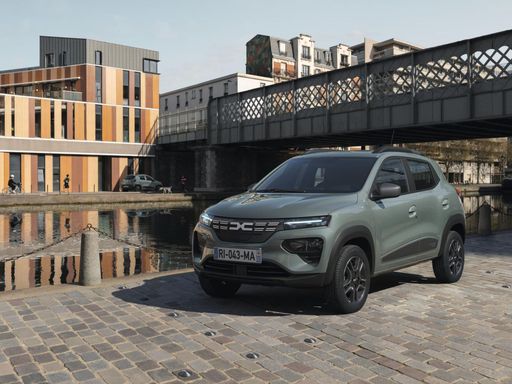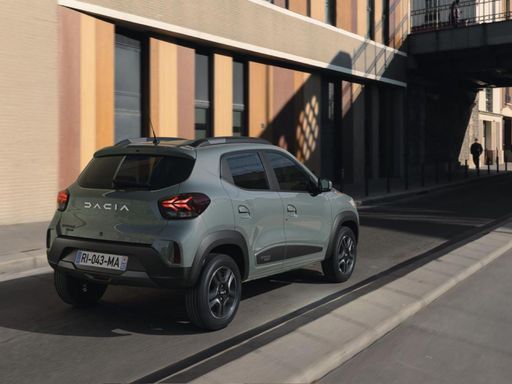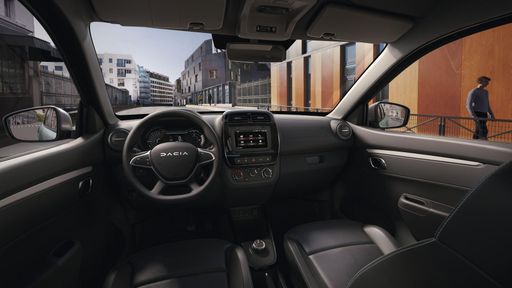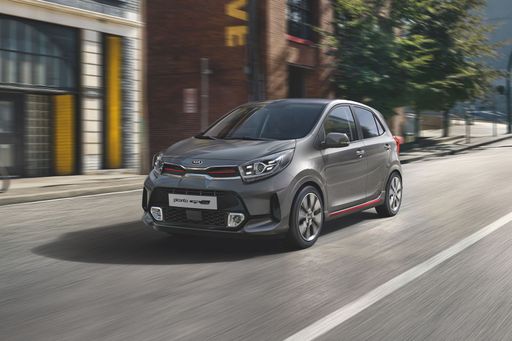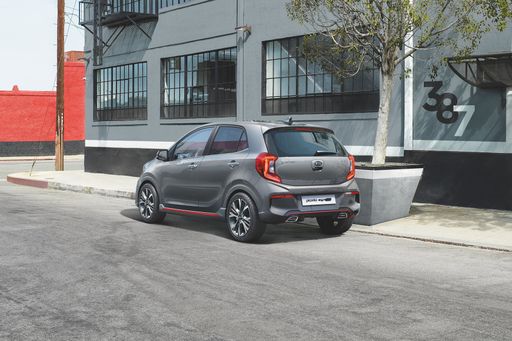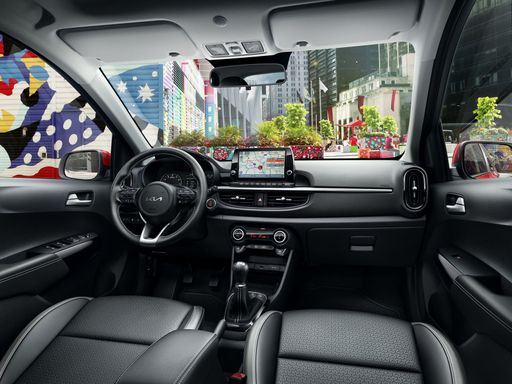Introduction: Choosing Between Electric and Petrol
In the ever-evolving automotive landscape, the Dacia Spring and Kia Picanto present unique choices for buyers looking for compact, budget-friendly vehicles. While one leans toward electric innovation, the other embodies traditional petrol efficiency. In this comparison, we delve into their technical specifications, innovations, and practical considerations to help prospective car buyers make an informed decision.

